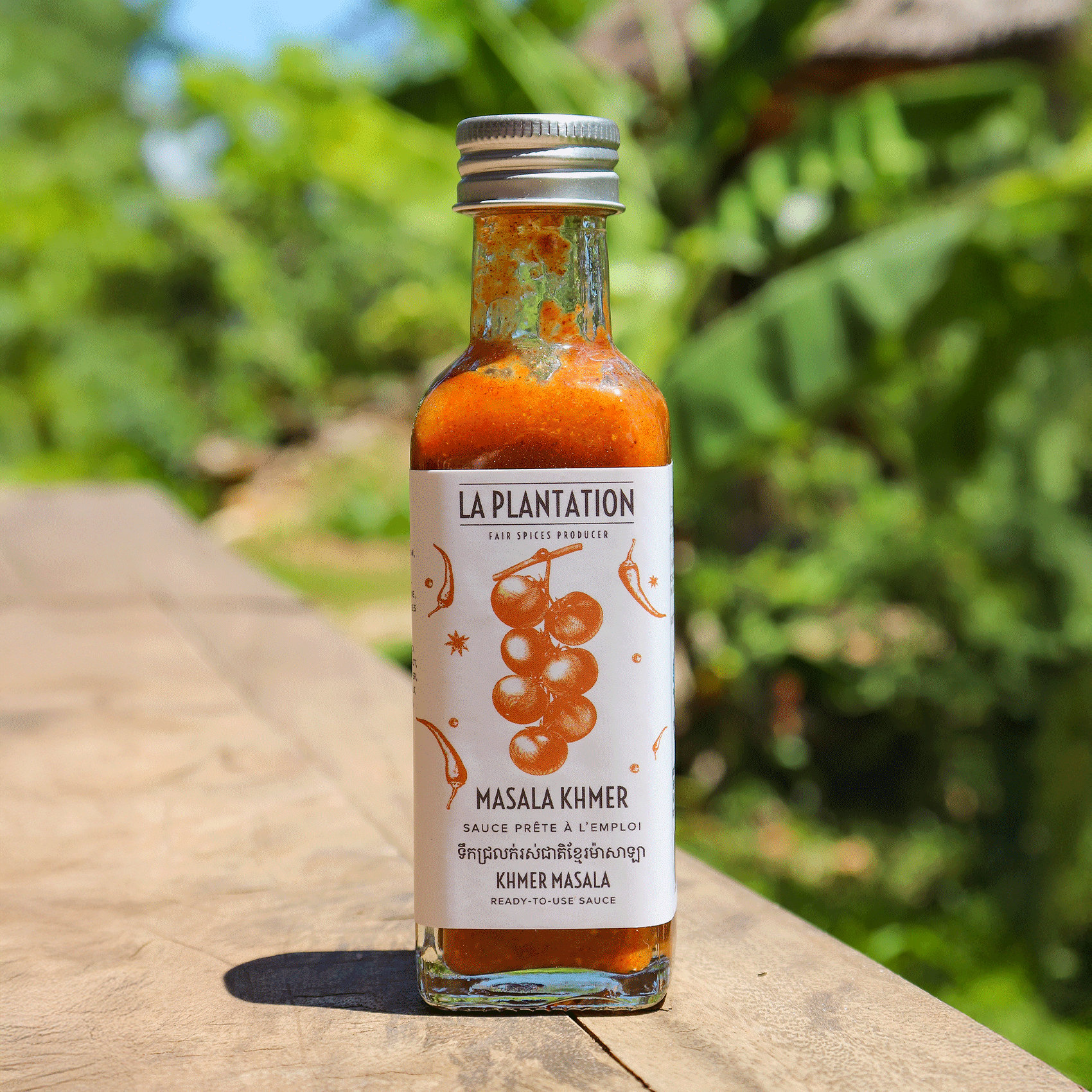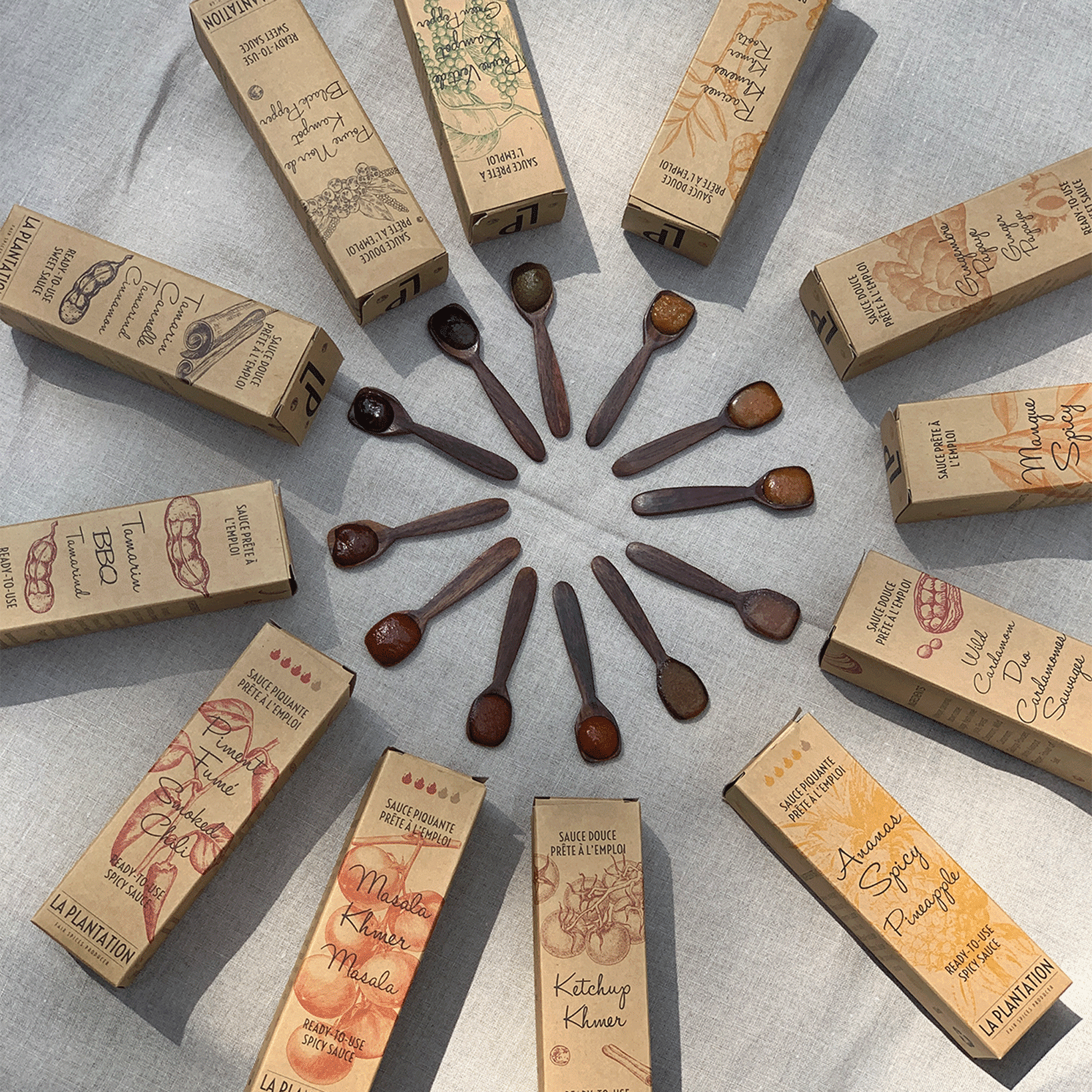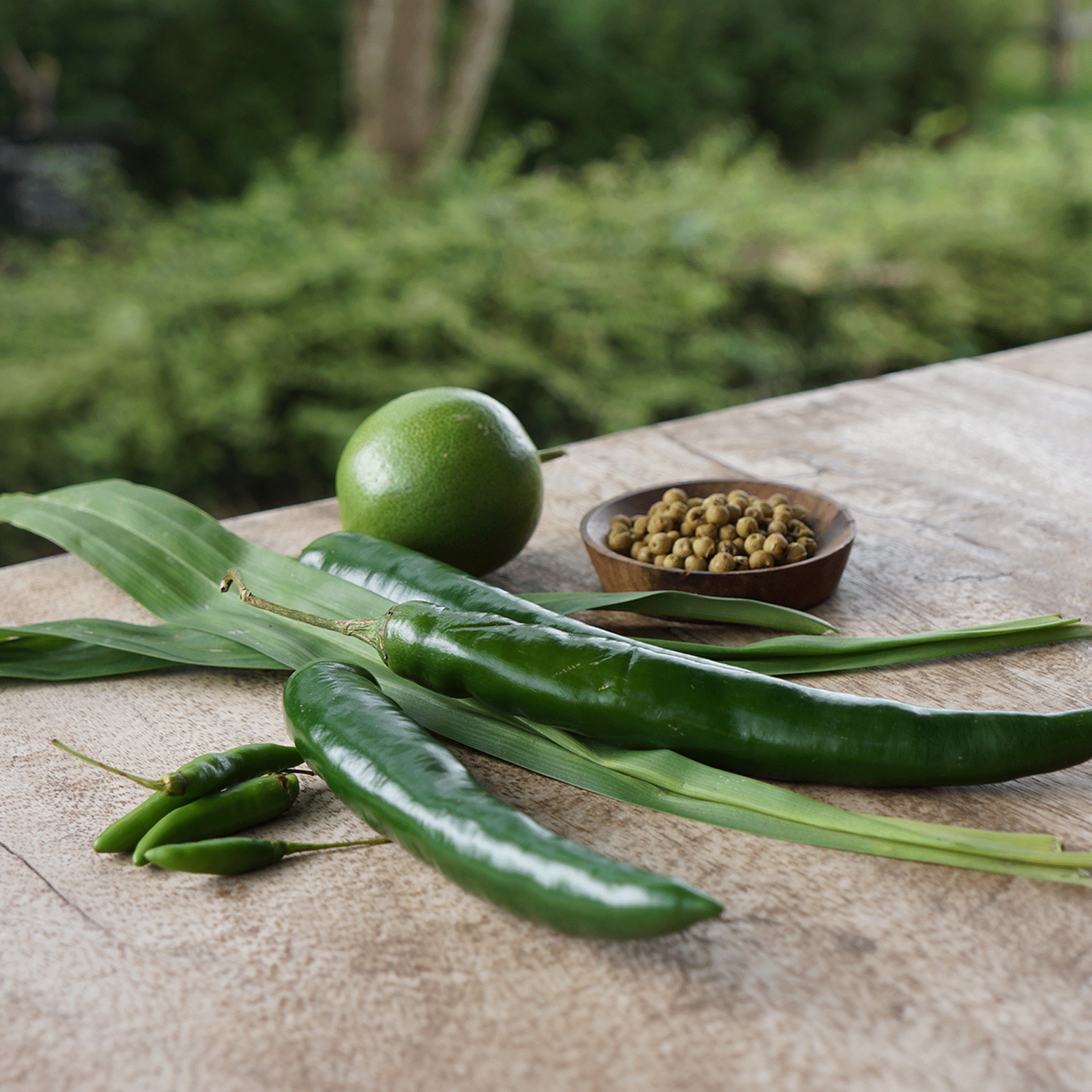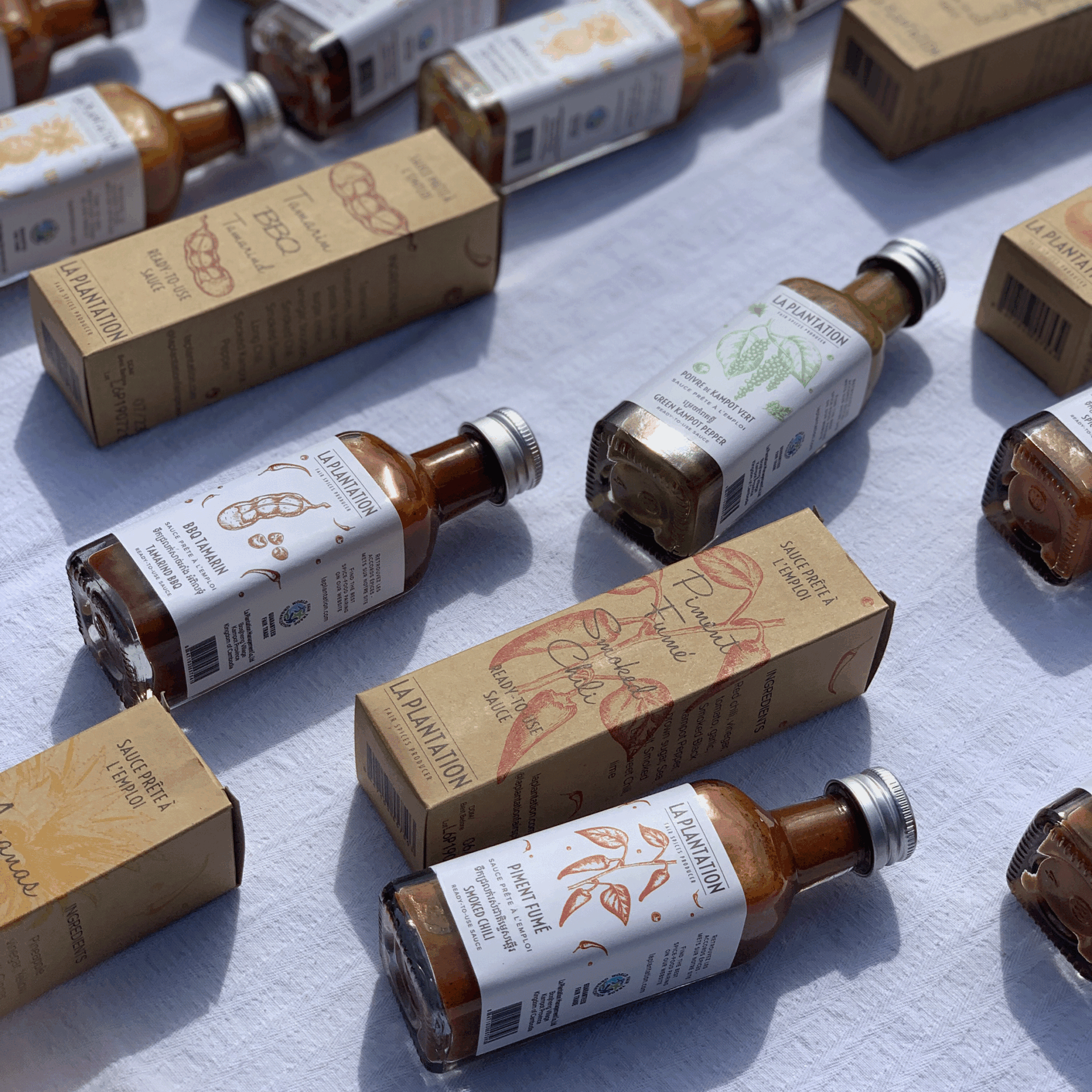
Everything About Hot Sauces: The Complete Guide
Sommaire
A hot sauce does much more than spice up your meal.
It tells the story of heat and flavor — how peppers, spices, and time transform a simple dish into a bold experience.
But with so many varieties — from Sriracha to Harissa or Tabasco — how can you tell them apart?
Which one suits your taste? And how can you enjoy them without burning your tongue?
In this guide, discover the fascinating world of hot sauces.
Learn about their origins, understand the Scoville scale, explore how to use them in cooking, and find creative sauces that mix heat, balance, and pleasure.
What is a Hot Sauce?
A hot sauce is a spicy condiment made mainly from chili peppers. It’s used to enhance flavor and add heat to food. Each region of the world has its own version — from Harissa in North Africa to Tabasco in the USA, Salsa in Mexico, or Sriracha in Thailand.
Originally, in French cuisine, the term piquante referred to sauces made with vinegar, herbs, shallots, and mustard, served with meats and stews. Over time, the recipe evolved. Chili peppers became the heart of the modern hot sauce.
Today, most hot sauces combine chilies (like jalapeño, habanero, or bird’s eye) with vinegar, garlic, sugar, herbs, or fruits.
Their level of heat depends on the chili variety and is measured using the Scoville scale. This balance between spice and flavor makes hot sauces perfect for everything — from crispy fries to gourmet dishes.
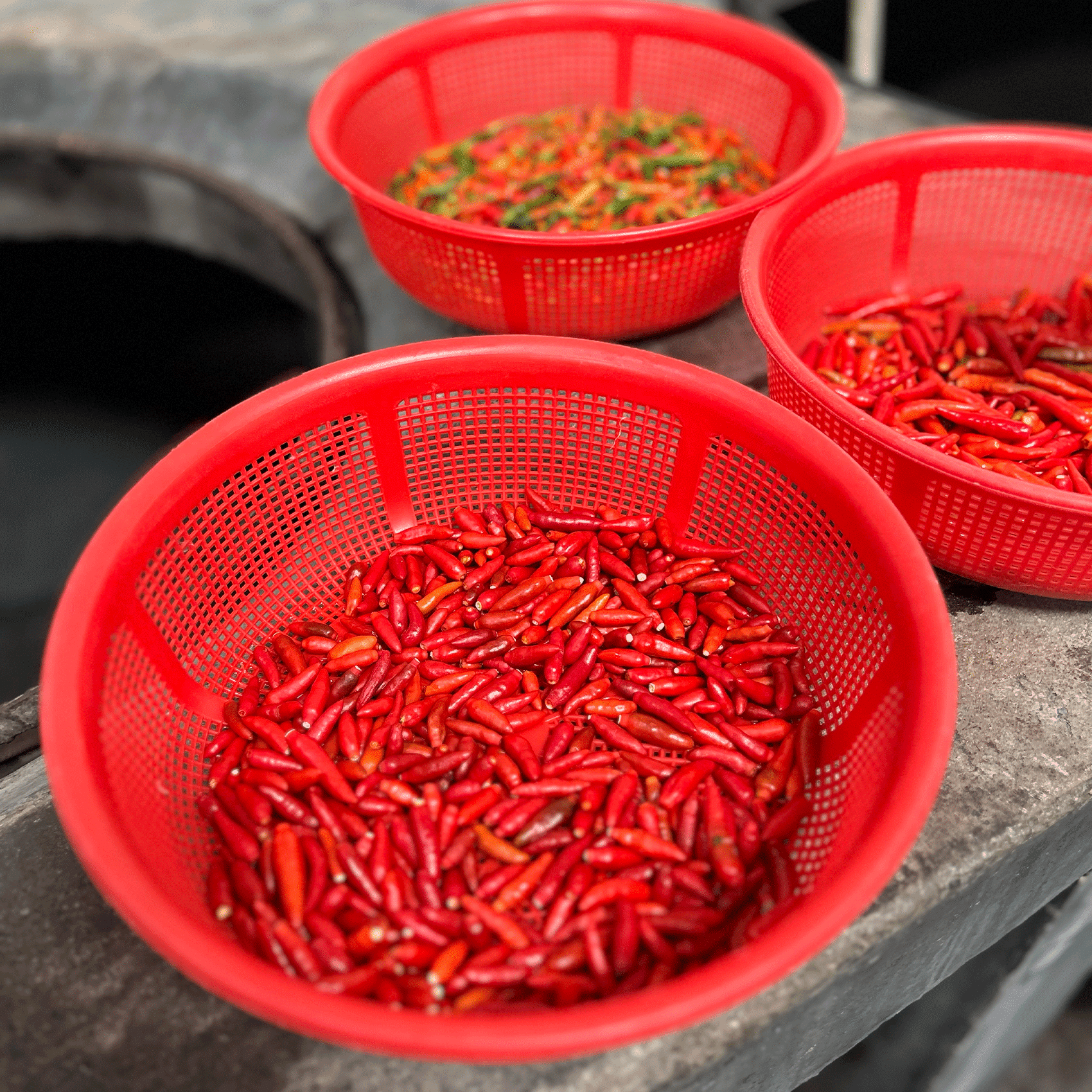
The Main Types of Hot Sauces around the world
Across the globe, hot sauce reflects local taste, culture, and identity. Each region has its own way to mix heat, flavor, and tradition.
Famous Hot Sauces from around the world
Tabasco (USA)
Born in Louisiana, Tabasco is one of the world’s most iconic hot sauces. Made from fermented red chilies, vinegar, and salt, it has a thin texture and a sharp, tangy taste. Perfect on eggs, soups, and classic American dishes.
Sriracha (Thailand)
Sriracha combines spice and sweetness with smooth texture. Made with red chili, garlic, sugar, and vinegar, it delivers gentle heat and rich flavor. It’s ideal for noodles, seafood, or sandwiches.
Harissa (North Africa)
Harissa captures the warmth of the Maghreb. Made with dried red chilies, garlic, olive oil, and spices, this thick paste adds a deep flavor to couscous, tagines, and grilled meats.
Mexican Salsas
In Mexico, salsas are a true art form. From salsa roja to salsa verde or pico de gallo, they combine local chilies, tomatoes, coriander, and lime. Each one balances freshness, acidity, and heat — perfect for tacos and grilled food.
Indian and Sri Lankan Chutneys
In South Asia, spicy chutneys mix chili, ginger, and toasted spices. Served with curries or flatbreads, they bring warmth, sweetness, and a burst of aroma.
Gochujang (Korea)
Gochujang is a fermented chili paste made with rice, soybeans, and red pepper. It offers a slow-building, slightly sweet heat that enhances bibimbap, marinades, or stews.
Caribbean Sauces
In the Caribbean, Scotch Bonnet hot sauce is a symbol of local cuisine. Its tropical aroma and fiery flavor pair perfectly with mango, pineapple, and grilled fish.
African Piri-Piri
Across sub-Saharan Africa, Piri-Piri (or Pili-Pili) sauce celebrates conviviality and bold flavor. Made with bird’s eye chilies, garlic, and lemon, it’s perfect for chicken, fish, and stews.
Cambodian Hot Sauces: exotic flavors and local craft
In Cambodia, La Plantation creates artisanal hot sauces that express the country’s unique terroir. Made in Kampot, these sauces combine fresh local ingredients with traditional methods. Each bottle balances spice, sweetness, and depth — a perfect taste of Cambodian creativity.
Fruity and exotic Hot Sauces
-
Pineapple Hot Sauce: A blend of pineapple, yellow chili, ginger, and Kampot red pepper. It offers a sweet and tangy taste, ideal for ribs, tacos, or grilled fish.
-
Mango Hot Sauce: This sauce mixes mango, red chili, ginger, and cardamom. Smooth and aromatic, it pairs beautifully with ceviche, sushi, or prawns.
-
Passion Fruit Hot Sauce: Fresh and lively, this sauce combines passion fruit, banana, and lemongrass. It brings a tropical touch to raw fish and summer salads.
-
Dragon Fruit Hot Sauce: Colorful and floral, this creation blends red chili, dragon fruit, and long pepper. It adds a surprising sweet heat to white meats, red meats, or even game.
Spicy and smoky Hot Sauces
-
Khmer Masala: A rich mix inspired by Indian and Khmer traditions. Made with red chili, cinnamon, cardamom, and black pepper, it’s perfect for meat or tofu marinades.
-
Smoked Chili Sauce: Deep and woody, this sauce blends red chili, smoked black pepper, and lime. A great choice for a Bloody Mary or a smoky BBQ.
-
Tamarind Barbecue Sauce: Sweet, caramelized, and bold, it combines tamarind, bourbon, and smoked pepper. Delicious on burgers or grilled dishes.
Fresh and herbal Hot Sauces
-
Green Chili Duo: Light and zesty, made with green tomatoes, mild chilies, and lime juice. It adds a refreshing twist to hearty meals.
-
Green Kampot Pepper Sauce: Made only during the pepper harvest, this sauce delivers fresh herbal notes and a gentle heat — perfect for seafood or salads.
-
Black Kampot Pepper Sauce: Bolder and more aromatic, it offers a slow, lasting heat that matches red meats and stews.
Each hot sauce from La Plantation reflects a balance of flavor, spice, and craftsmanship — proof that heat can be elegant when made with care.

The Scoville scale: Measuring the heat of a Hot Sauce
To understand the true power of a hot sauce, you need to know the Scoville scale.
Created in 1912 by American pharmacist Wilbur Scoville, this scale measures how spicy a chili is. It tells you how much capsaicin — the molecule that causes heat — is inside each pepper.
Originally, Scoville tested chili extracts with a group of tasters. They diluted the chili in sugar water until the heat was no longer noticeable. The number of dilutions needed became the Scoville Heat Unit (SHU).
Today, the test is done in laboratories using precise chemical analysis, but the Scoville scale remains the reference for chili lovers.
Here’s a quick look at the range of heat you can find:
-
Bell Pepper: 0 SHU (no heat)
-
Jalapeño: 2,500–8,000 SHU
-
Cayenne Pepper: 30,000–50,000 SHU
-
Habanero: 100,000–350,000 SHU
-
Ghost Pepper: up to 1,000,000 SHU
-
Carolina Reaper: around 2,000,000 SHU
Some extreme products, like pure capsaicin extracts, can reach 16,000,000 SHU — far too hot for everyday cooking.
For most people, sauces between 1,000 and 50,000 SHU offer the best balance between heat and flavor.
The Scoville scale helps every chili lover find the right level of spice. Whether you prefer a mild kick or a burning sensation, it guides you to the hot sauce that fits your taste.
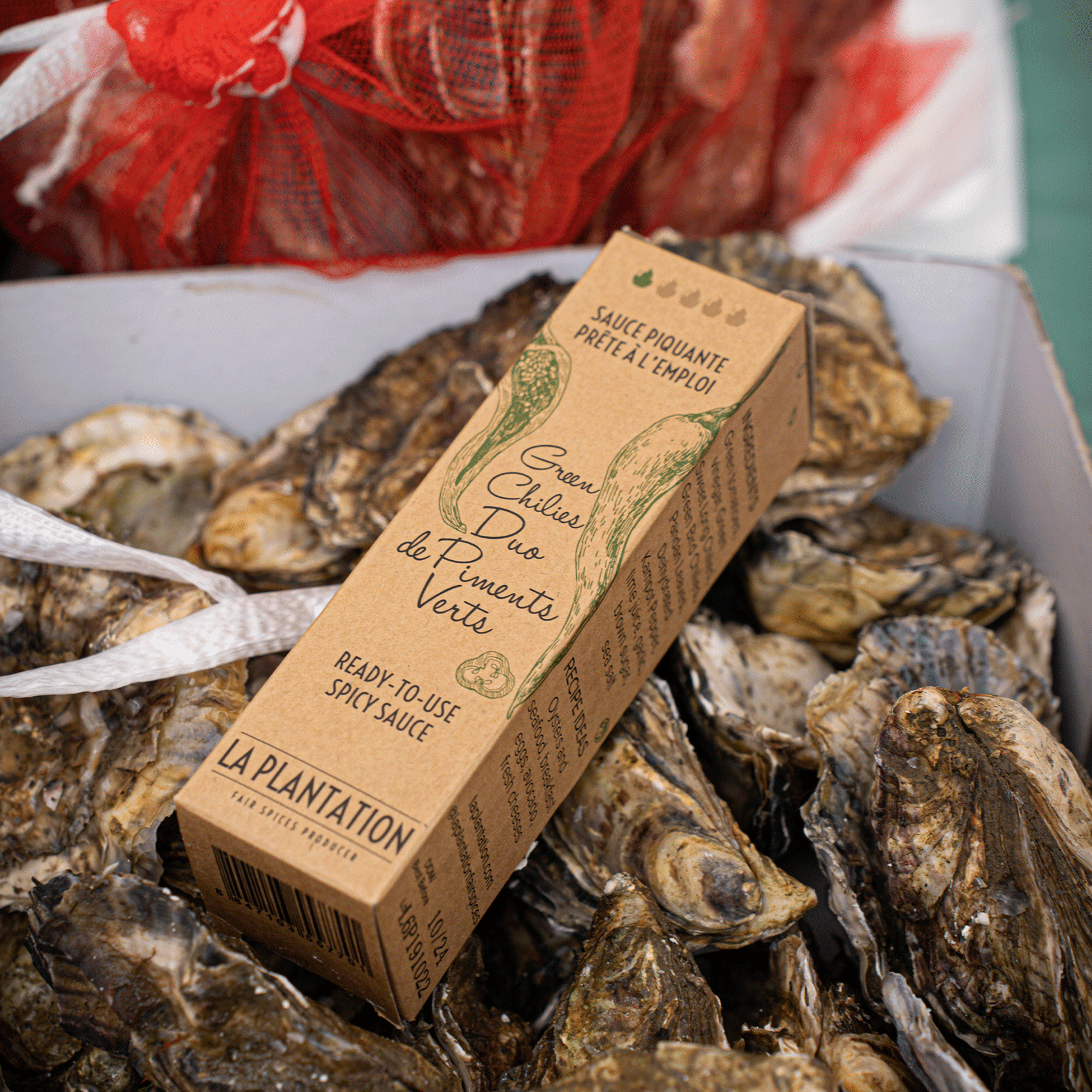
How to choose the right Hot Sauce?
Choosing a hot sauce is all about taste, curiosity, and balance. Each one has its own level of heat, aroma, and best use. To find your perfect match, consider three main factors: your tolerance to spice, your flavor preferences, and how you plan to use it in cooking.
Match your heat level
The first step is to know how much heat you can handle.
If you prefer a mild kick, go for sauces made with gentle chilies like jalapeño or long pepper. These sauces lift the flavors of your food without overpowering them.
For spice lovers, sauces made with habanero, bird’s eye, or ghost pepper deliver a strong and lasting burn. The key is to start small and increase gradually — your palate will adapt over time.
Choose by flavor and aroma
Heat is not the only thing that defines a hot sauce. Each one brings a unique world of taste.
Fruity sauces — with mango, pineapple, or passion fruit — offer a mix of sweetness and freshness, perfect for salads, fish, or light summer dishes.
Smoky sauces, made with fire-roasted chilies or smoked paprika, bring deep, earthy flavors that suit burgers, BBQ, or stews.
Herbal and tangy sauces, with lime, coriander, or ginger, add brightness to vegetables, white meat, and seafood.
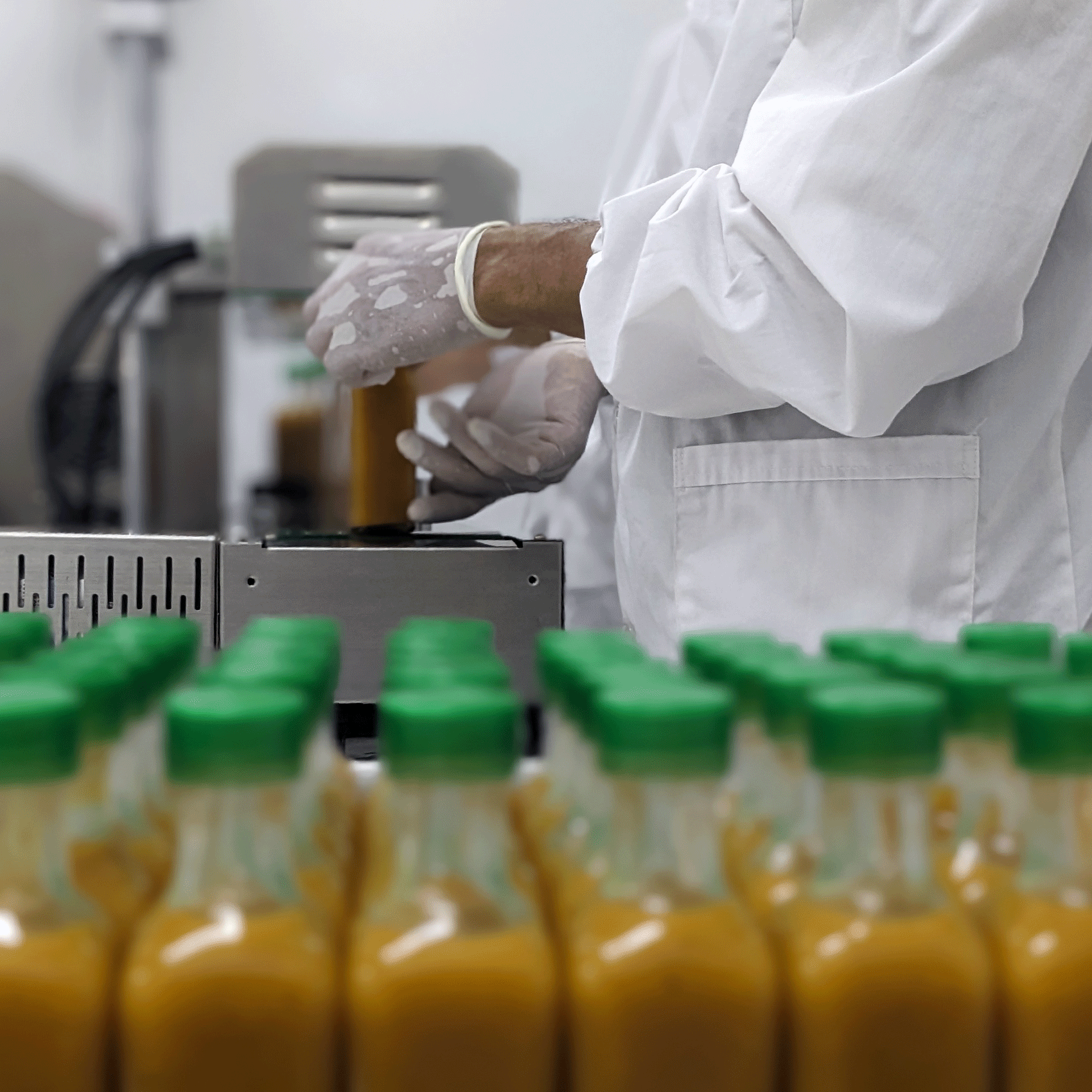
Hot Sauce pairings and recipes
A hot sauce does more than make food spicy — it enhances flavor, creates contrast, and surprises the palate. The right sauce can transform a simple recipe into something special.
Everyday dishes
Some hot sauces are perfect for quick meals.
Try smoky or lightly spiced sauces on fries, burgers, tacos, or sandwiches. They bring character without hiding the main ingredients.
A smoked chili sauce or a tamarind barbecue hot sauce adds just the right depth to casual dishes.
Dressings, dips, and marinades
You can easily turn a hot sauce into a new condiment.
Mix it with olive oil or yogurt for a quick salad dressing. Combine it with cream cheese or sour cream for a dip that wakes up your crudités or wraps.
For marinades, blend it with lime juice or honey — it will make meat or fish more tender and flavorful.
Comforting winter dishes
In colder months, a hot sauce adds warmth and life to cozy meals.
A spiced blend like Khmer Masala brings gentle heat and complexity to dishes such as raclette, sausages, or stews. Its mix of cinnamon, chili, and cardamom enhances traditional comfort food.
Creative uses
Hot sauces can also surprise you outside the kitchen.
Add a few drops of smoked hot sauce to a Bloody Mary for a spicy, smoky twist.
Mix passion fruit hot sauce with chocolate desserts or roasted fruits for a sweet-and-hot experience.
Spread a bit of Kampot pepper hot sauce on cheese or toast for a bold appetizer.
The possibilities are endless — once you start using hot sauce, you’ll find it hard to cook without it.

FAQ about Hot Sauces
What is the strongest hot sauce in the world?
The strongest hot sauces can reach millions on the Scoville scale. Currently, the most extreme is Blair’s 16 Million Reserve, which measures 16,000,000 SHU. It’s not a regular sauce but a pure capsaicin extract used for challenges or lab tests.
For everyday use, sauces under 2,000,000 SHU are already extremely hot.
How can I calm the burning after eating hot sauce?
If a hot sauce feels too strong, don’t drink water — it spreads the heat.
Instead, drink milk, eat bread, or have starchy food. Dairy helps neutralize capsaicin, while sugar or honey can ease the burning sensation.
How should I store hot sauce?
Keep your hot sauces in a cool, dark place away from sunlight.
Once opened, store them in the fridge to preserve their flavor and freshness, especially for artisanal or fruit-based sauces.
Is hot sauce healthy?
In moderation, hot sauce can be good for you. Capsaicin helps boost metabolism, improves circulation, and adds flavor without extra calories. Just be careful if you have a sensitive stomach.
Can I cook with hot sauce, or should I use it only at the table?
You can do both. Hot sauces are great for marinating, cooking, or finishing dishes. Add them early for deep, blended heat, or at the end for a fresher, sharper kick.
